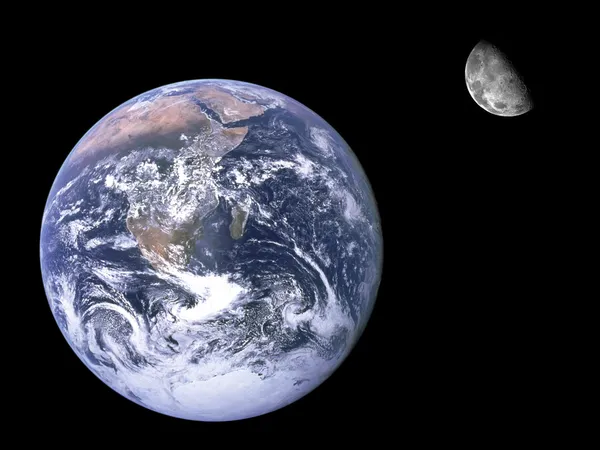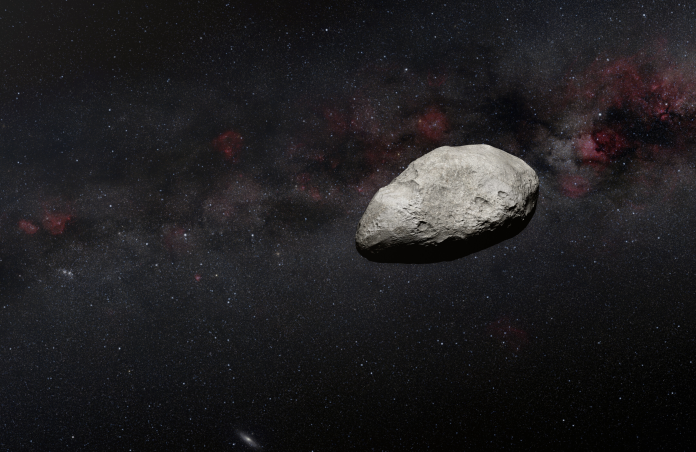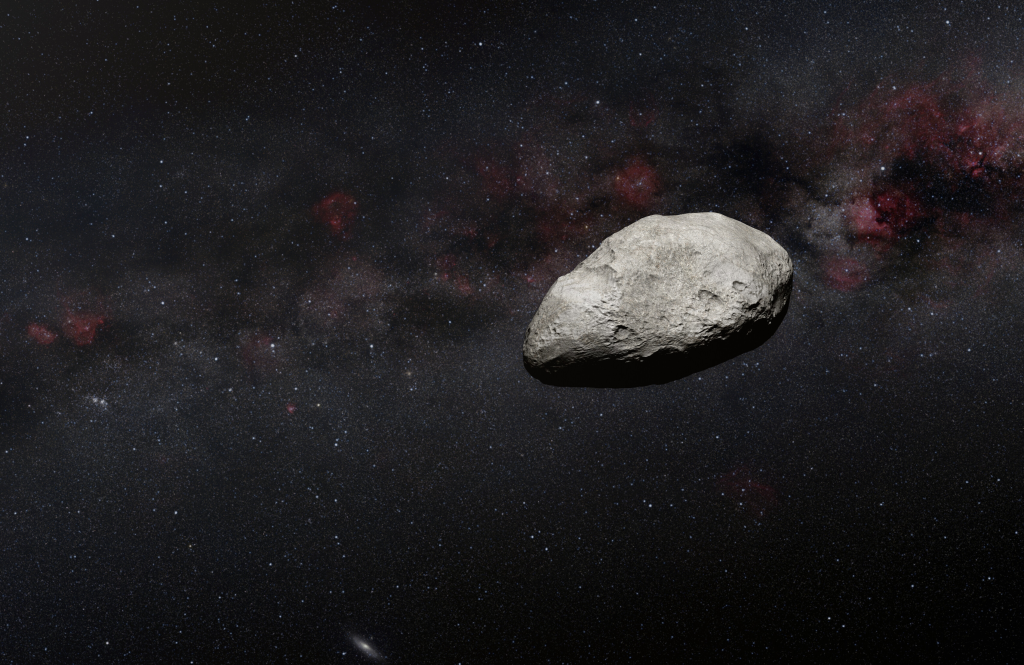
A building-sized asteroid, once touted as the biggest threat to Earth in recent history, has now directed its crosshairs elsewhere. Today, the world’s top astronomers and engineers are in a dash to determine what occurs when the peril shifts from our own backyard to the Moon’s and what it would mean for the future of planetary defense.
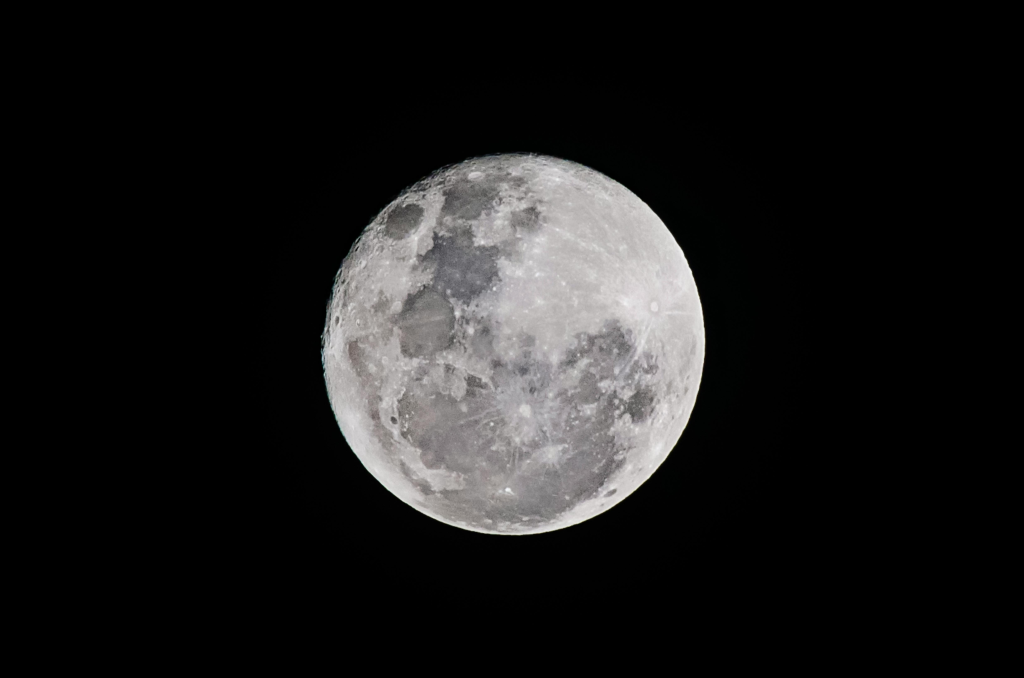
1. From Earth’s Threat to the Moon’s Crosshairs
Asteroid 2024 YR4’s history got off to a shock: in early 2025, scientists estimated a 3.1% risk of collision directly with Earth, a record highest threat ever faced by an asteroid. “Asteroid 2024 YR4 ascended rapidly to the head of NASA’s Sentry Risk list, reaching a 1 in 32 probability of colliding with Earth at one point,” stated Richard Binzel, Torino scale creator. But with fresh sightings flooding in from ground telescopes as well as the James Webb Space Telescope the chances dissolved. Earth was safe by June 2025, but the Moon wasn’t so fortunate. NASA’s newest estimates now place a 4.3% chance that YR4 will hit the lunar surface by late 2032 based on updated Webb data.
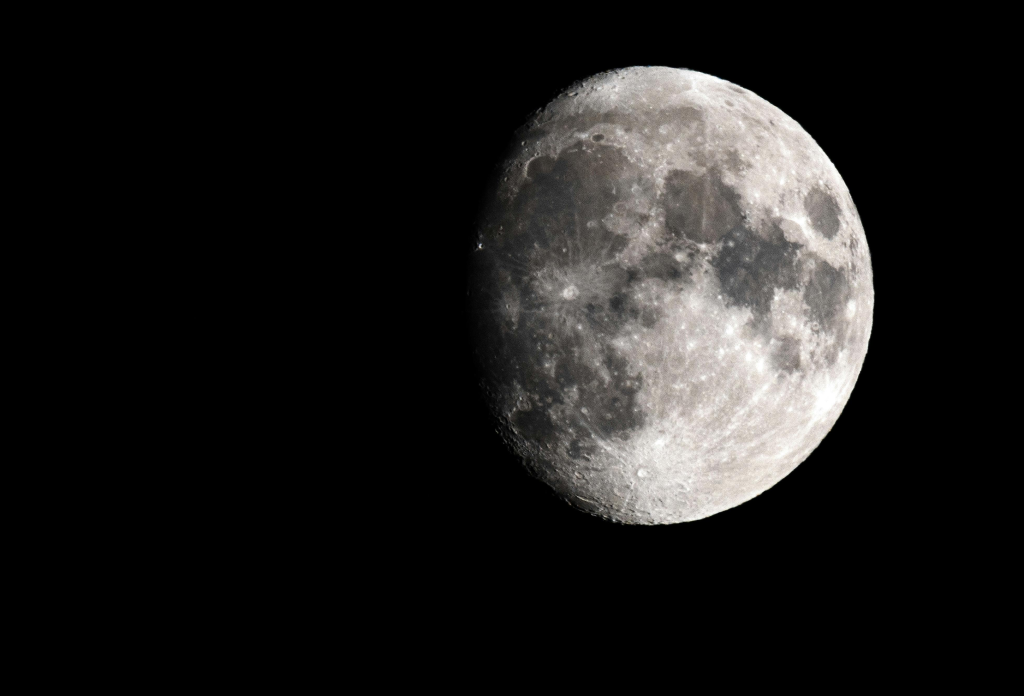
2. The Effects of an Impact on the Moon
If YR4 60 meters wide, estimated hit the Moon, the effects would be historic. “The impact would create a crater one kilometer in diameter, similar to Meteor Crater in Arizona,” said Dr. Paul Wiegert of Western University. This would be the biggest lunar impact in 5,000 years. The collision would release 100 million kilograms of debris, some of which may escape the Moon’s gravity and head in the direction of Earth. Although our atmosphere protects us from them, low-Earth orbit satellites may have unseen dangers. “Even tiny particles, moving as fast as a bullet, might hit sensitive satellite parts,” cautioned Wiegert. Within days, fleets of satellites could experience the same impact as a decade of debris exposure, based on model studies.
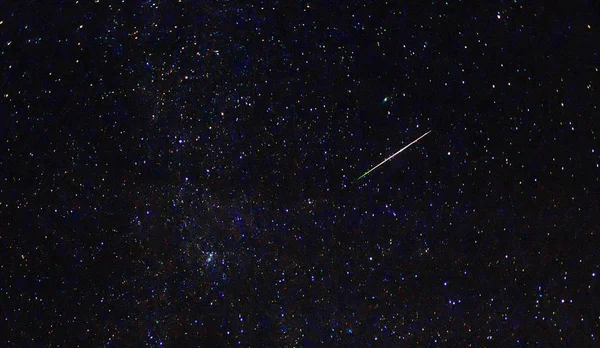
3. Meteor Showers and Satellite Hazards
The impact of a moon collision would not be limited to the Moon. As millimeter- and centimeter-sized rock particles and lunar dust hurtle towards Earth, the night sky is filled with a brilliant meteor shower for months. “There’s absolutely no danger to anyone on the surface,” Wiegert insisted. But satellites are in danger. “Satellites may accrue 10 years’ worth of meteor debris exposure in a matter of days,” he stated. The damage may encompass pitted solar panels and damaged sensors, imperiling critical communication and navigation systems. “Space impacts nearly every area of our existence today, from commerce, communications, travel, industry, education, and social media, so loss of access and utilization of space poses a severe threat to humanity,” stated Dan Oltrogge, chief scientist at COMSPOC.
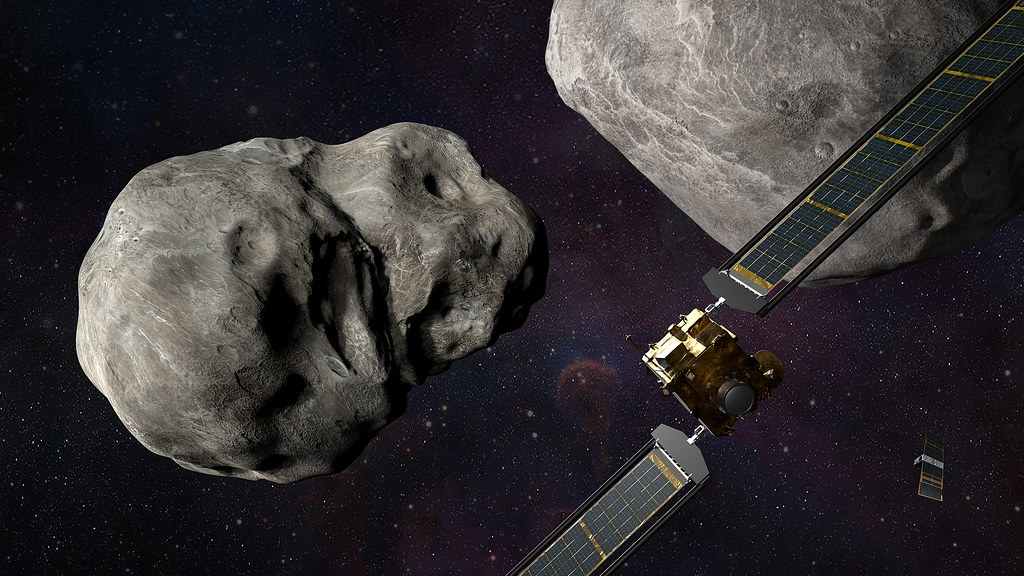
4. Broader Scope of Planetary Defense
The shifting path of YR4 is compelling a paradigm shift. “We’re beginning to come to the point where perhaps we do need to expand that shield just a little bit further,” remarked Dr. Wiegert. As lunar bases and labs are on the horizon for the 2030s, protection not only of Earth, but also of lunar structures, is in increasing demand. The Moon has no atmosphere, so astronauts and hardware are exposed to high-speed debris. The YR4 scenario can be the first time humanity looks into a deflection strategy to shield the Moon instead of our own planet according to planetary defense specialists.
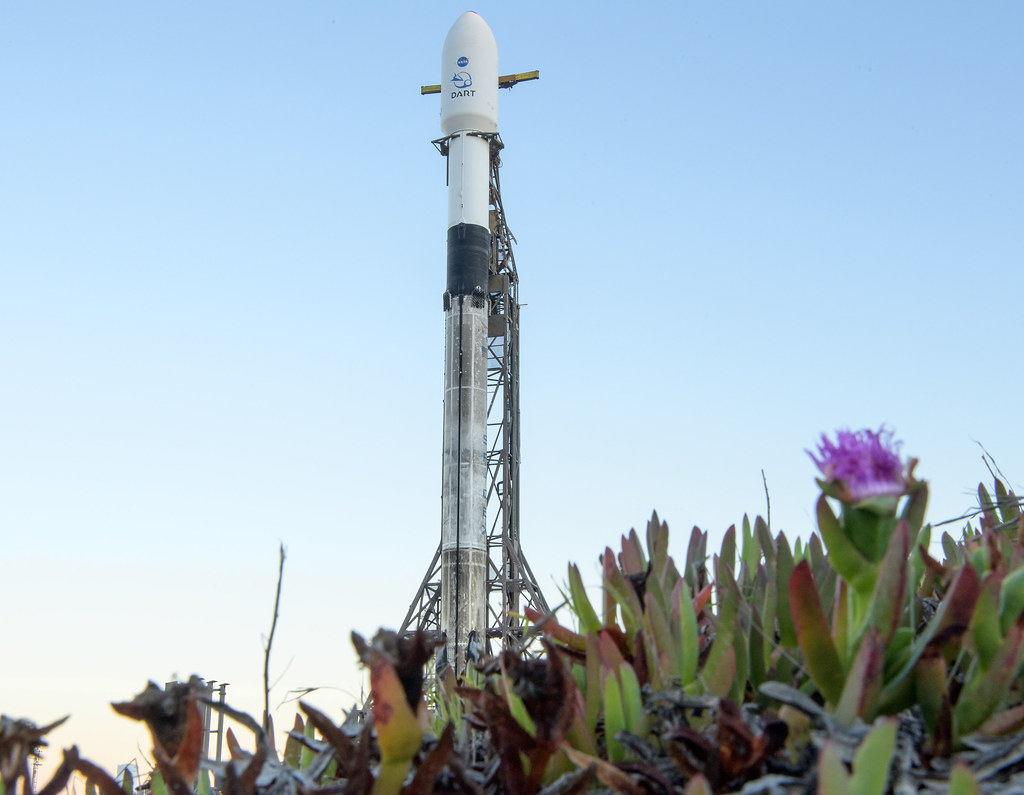
5. The Science and Technology of Deflection
The DART mission in 2022 demonstrated that a kinetic impactor is capable of changing the path of an asteroid. This mission demonstrates that NASA is attempting to be prepared for whatever the universe has in store for us, added NASA Administrator Bill Nelson. DART’s crash into Dimorphos decreased its orbital period by 32 minutes well above the mission’s least success threshold. The effectiveness of the impact was aided by the recoil of expelled debris, a behavior that will prove essential to any future attempt at deflection. “DART has provided us with some interesting insights regarding both asteroid characteristics and the utility of a kinetic impactor as a planetary defense tool,” explained Nancy Chabot, DART coordination lead. Whether or not a DART-type mission would be feasible for the Moon will be based on more risk assessments when YR4 comes back into sight in 2028.
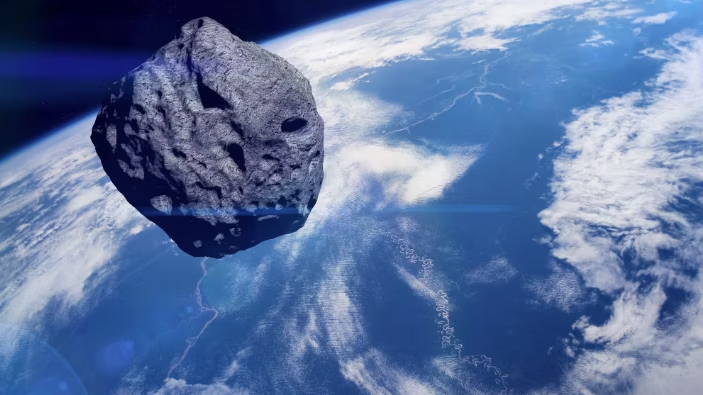
6. Closing the Detection Blind Spots
Asteroid 2024 YR4 was only identified after the fact, having already passed by Earth close-up, obscured by the Sun’s glare a weakness that resonates with the Chelyabinsk meteor explosion in 2013. “NEOMIR would have spotted asteroid 2024 YR4 roughly a month before ground-based telescopes,” explained Richard Moissl, director of ESA’s Planetary Defence Office. The future NEO Surveyor and NEOMIR missions, scheduled to launch in 2027 and the early 2030s respectively, will employ infrared telescopes to detect asteroids in the direction of the Sun, bridging a vital gap in planetary defense by identifying thermal signatures that are imperceptible to optical telescopes.
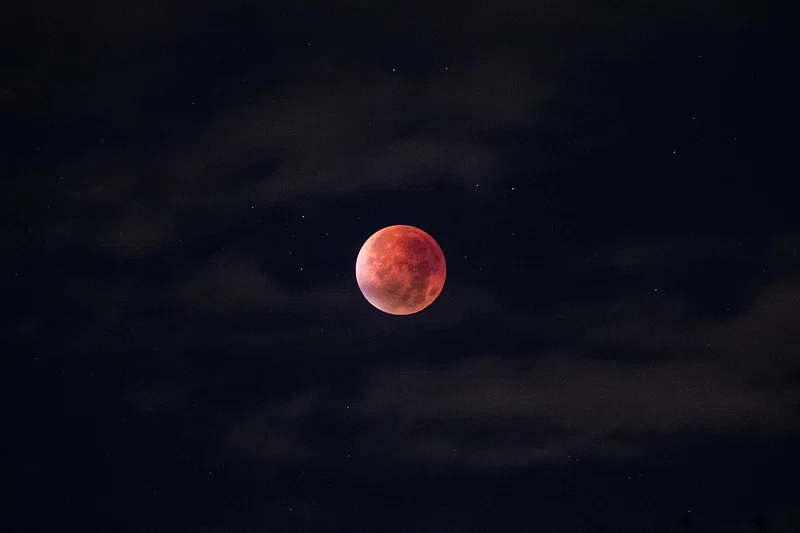
7.The Future of Lunar and Planetary Protection
As human activity on the Moon increases, so must the reach of planetary defense. The YR4 episode has already precipitated new responses, from enhanced early warning systems to coordinated global action for rapid response. The Vera C. Rubin Observatory, for instance, recently identified more than 2,100 new asteroids over seven nights, illustrating the speeding-up trend of detection. Confirmed proposals to utilize the James Webb Space Telescope for additional YR4 observations in 2026 can purchase decision makers two additional years to prepare or perhaps unwind, since there is an 80% probability of eliminating impact by then.
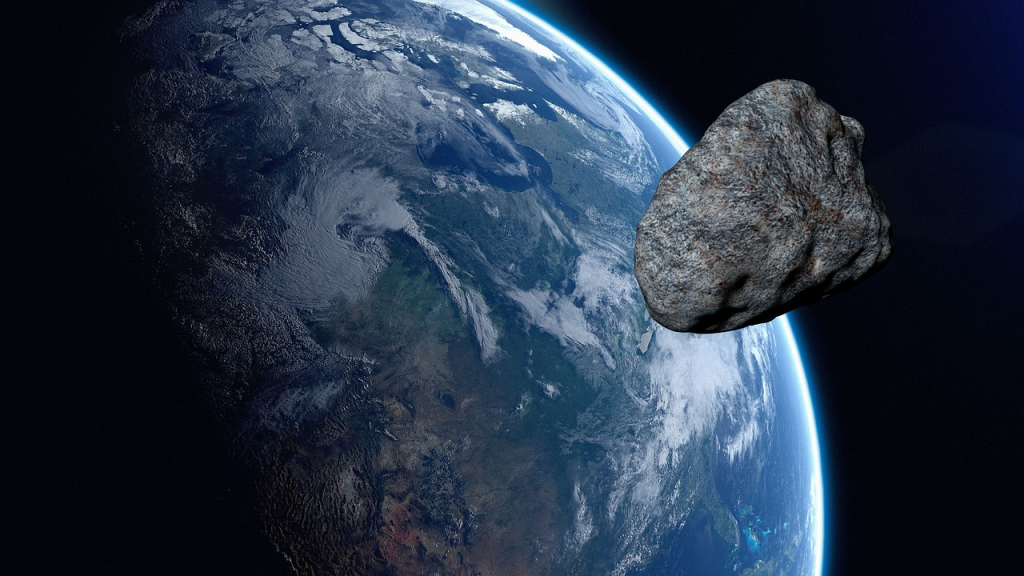
The story of 2024 YR4 is a poignant reminder that the limits of planetary defense are fluid. As Dr. Andy Rivkin noted, “Even just wondering what would we do if we did see something that was going to hit the moon is at least something that we can now begin to think about.”
